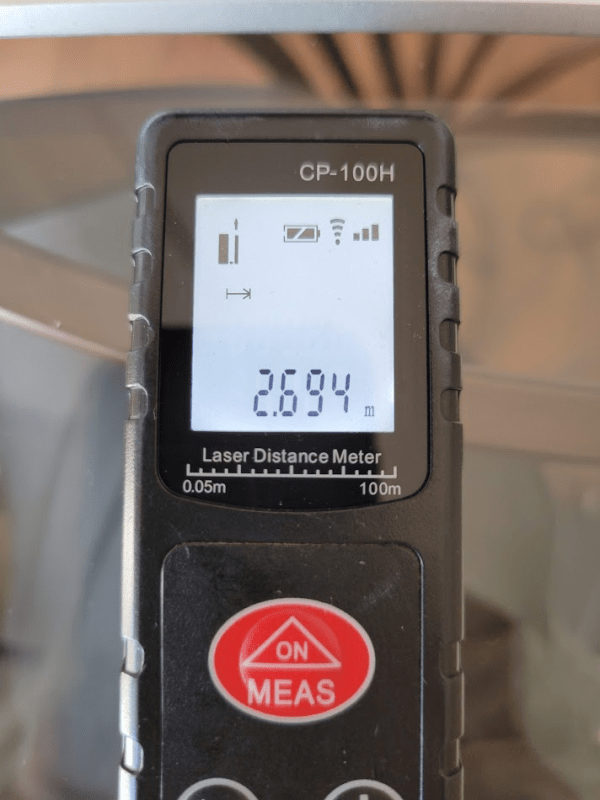I have a existing masonry lintel that I suspect is sagging more with time. I don't know how to measure it. And I worry that even something as precise as a laser or whatever may not detect what I want since this appears to be so minimal. Ergo, I am looking for ideas. I have a few Wile E. Coyote type ideas in mind.....but I wanted to ask here: any suggestions?
And before you ask: there is not enough masonry above this to see those tell-tale stair like cracks. So that one is out.
And before you ask: there is not enough masonry above this to see those tell-tale stair like cracks. So that one is out.


![[cheers] [cheers] [cheers]](/data/assets/smilies/cheers.gif)